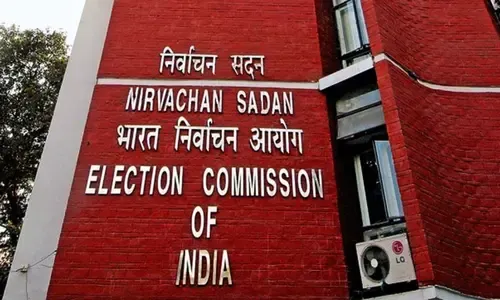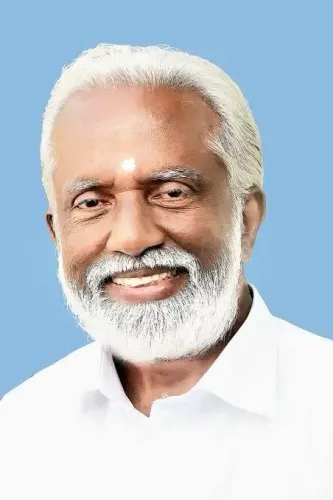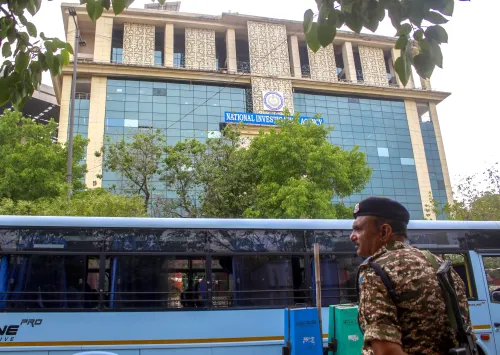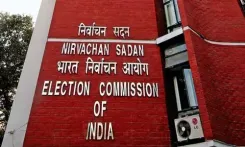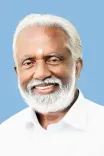Is India’s 79-Year Journey of Independence Truly Complete?
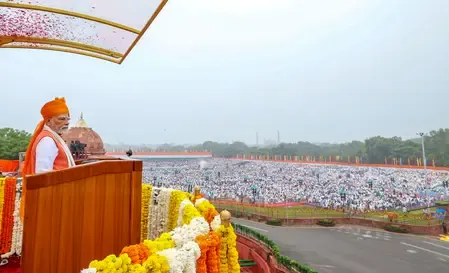
Synopsis
Key Takeaways
- India has evolved from a struggling nation to the world's largest democracy.
- Literacy rates have surged to 78%, with GDP reaching $3.9 trillion.
- Women are increasingly taking leadership roles in various sectors.
- Technological innovations are driving economic growth and connectivity.
- India's goals for the future include inclusive growth and climate leadership.
New Delhi, Aug 15 (NationPress) This August 15, India celebrates 79 years of independence—a moment that reflects not only on past struggles but also on the promising future that lies ahead.
From the ruins of a partitioned and economically challenged nation in 1947, India has risen to become the world's largest democracy, a vibrant cultural hub, and an emerging economic powerhouse, making significant strides on both national and global fronts.
In every sector, whether it's the economy, social welfare, infrastructure, or defense, India is making audacious advancements that are receiving international acclaim.
From Scarcity to Scale
In 1947, with a population of 340 million, India grappled with severe poverty, a literacy rate under 20%, and a life expectancy of merely 32 years. Nevertheless, the visionary ideals of leaders like Nehru and Patel, grounded in democracy, self-sufficiency, and unity, paved the way for a remarkable transformation. Today, with a population exceeding 1.4 billion, literacy rates have climbed to 78%, life expectancy has more than doubled, and GDP has skyrocketed to $3.9 trillion, positioning India as the fourth-largest economy, according to an article published by the India Narrative.
Economic and Social Shifts
The 1991 reforms initiated by Dr. Manmohan Singh ushered in an era of globalization, igniting decades of economic growth.
From the Green Revolution to the IT boom, India has evolved into a leader in technology, pharmaceuticals, and digital services. Multi-dimensional poverty has fallen below 15%, and the nation is now home to over 100 unicorn startups.
Educational opportunities have exploded from 20 universities to more than 1,100, while healthcare initiatives like Ayushman Bharat have extended insurance coverage to millions.
Women have taken charge, leading space missions, governing states, and winning Olympic medals, even as the battle against inequality endures.
Innovation, Infrastructure, and Influence
India's scientific achievements are exemplified by ISRO's Chandrayaan-3 and Mars missions. The Unified Payments Interface (UPI) facilitates over 12 billion digital transactions monthly, and Aadhaar ensures targeted service delivery. Connectivity has surged with extensive expressways and more than 150 airports, while Indian Railways is swiftly electrifying. Strategically, India stands as a nuclear power with the fourth-largest military, an influential voice in G20, BRICS, and QUAD, and a global cultural force ranging from Bollywood to yoga.
The Path to 2047
As we approach the centenary of independence, India's goals are becoming clearer: inclusive growth, universal healthcare and education, climate leadership, and enhanced democratic pluralism, as highlighted in the article.

